The Biological Mechanisms of Animal Adaptation to Life in the Sahara Desert
Introduction
The Sahara Desert, the largest hot desert in the world, is a harsh and inhospitable environment for most life forms due to its extreme temperatures, scarce water, and intense sunlight. However, a variety of animals have evolved unique biological adaptations to survive and thrive in this challenging environment. This article explores the fascinating biological mechanisms that enable these animals to adapt to life in the Sahara Desert.
Physical Adaptations
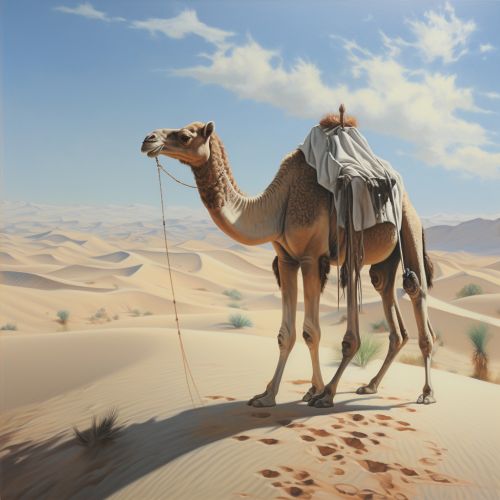
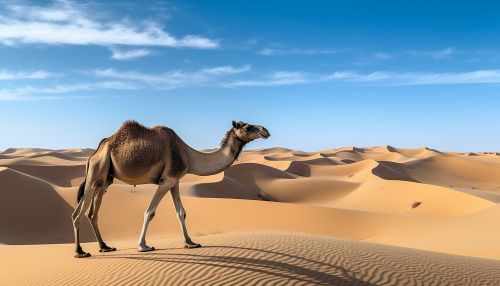
Thermoregulation
One of the primary challenges for animals living in the Sahara Desert is dealing with the extreme heat. To survive, these animals have developed various thermoregulatory adaptations. For instance, the dromedary camel, a quintessential desert species, has a thick coat that reflects sunlight and insulates it from the intense heat. Its long legs also keep its body away from the hot sand.
Water Conservation
Water is a scarce resource in the desert. Therefore, desert animals have evolved mechanisms to minimize water loss and maximize water intake. The addax, a desert antelope, obtains most of its water from the food it eats and can survive without drinking water for long periods. It also has a low metabolic rate, which reduces water loss through respiration.
Behavioral Adaptations
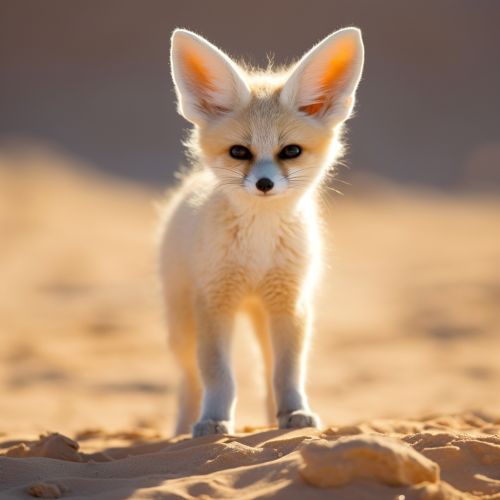
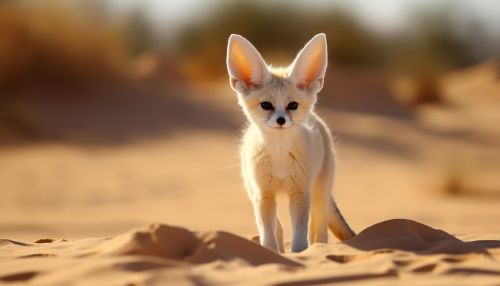
Nocturnality
Many Sahara Desert animals are nocturnal, active during the cooler night hours and resting during the hot daytime. This behavior helps them avoid the extreme heat and conserve water. The fennec fox, for example, is a nocturnal species that spends the day in a burrow to escape the heat.
Seasonal Migration
Some animals, like the desert locust, undertake seasonal migrations in response to changing environmental conditions. These migrations allow them to exploit resources in different areas of the desert at different times of the year.
Physiological Adaptations

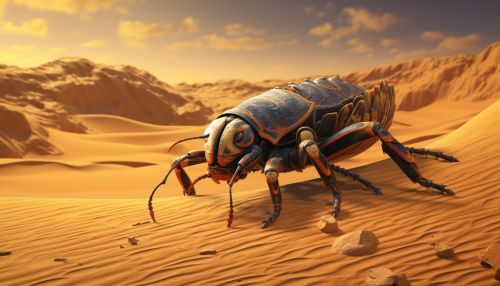
Metabolic Adaptations
Desert animals have evolved metabolic adaptations to cope with the scarcity of food and water. The deathstalker scorpion, for instance, has a slow metabolic rate that allows it to survive long periods without food or water.
Salt Balance
Maintaining salt balance is crucial for desert animals. The ostrich, the world's largest bird, has special glands in its nasal passages that excrete excess salt, helping it maintain a healthy salt balance despite the high salt content in its diet.
Conclusion
The Sahara Desert is a challenging environment, but through a combination of physical, behavioral, and physiological adaptations, many animals have evolved to survive and thrive in this harsh landscape. These adaptations are a testament to the resilience and adaptability of life in the face of extreme conditions.
